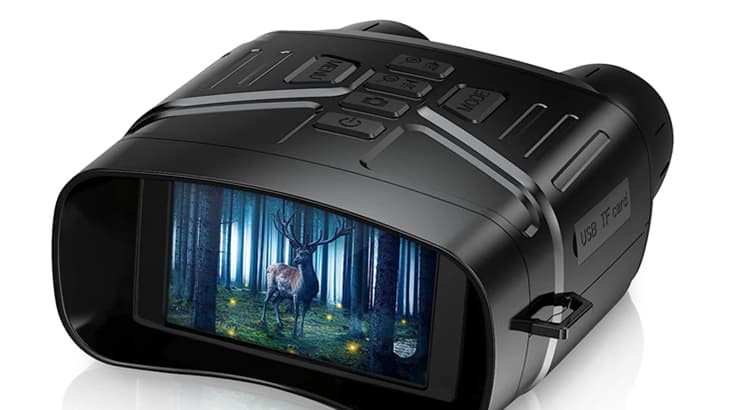The allure of the night sky, whether for stargazing, wildlife observation, or nocturnal exploration, often beckons enthusiasts to seek tools that unveil the mysteries hidden in the dark.
Among these tools, night vision binoculars stand out as optical marvels designed to enhance low-light vision.
The question that echoes among potential users is: Do night vision binoculars really work?
In this exploration, we delve into the mechanics, technologies, and real-world performance of night vision binoculars to demystify their functionality.
The Mechanism of Night Vision
Night vision binoculars operate on the principle of amplifying existing ambient light.
Unlike traditional binoculars that rely solely on visible light, night vision devices gather and amplify low levels of light, such as moonlight or starlight, to create a visible image in the darkness.
Generational Advancements
Night vision binoculars are categorized into generations, with each generation representing advancements in technology.
The most common generations are Gen 1, Gen 2, and Gen 3.
Higher generations generally offer improved image quality, increased light amplification, and enhanced performance in low-light conditions.
Real-World Performance
In practical terms, night vision binoculars excel in low-light conditions, allowing users to see more clearly than the naked eye.
They are particularly effective during dusk, dawn, or under a crescent moon when natural ambient light is present.
Infrared Illumination
To address scenarios of complete darkness, many night vision binoculars feature infrared (IR) illumination.
IR illuminators emit invisible light that is detectable by night vision devices, essentially illuminating the surroundings and enabling users to see in pitch-black environments.
Considerations for Users
Intended Use: The effectiveness of night vision binoculars depends on the intended use. For stargazing, wildlife observation, or navigating in low-light conditions, even Gen 1 devices can provide satisfactory performance.
However, for more demanding applications, higher generations may be preferred.
Range and Magnification: Users should consider the desired range of observation and the magnification level needed. Higher magnification may limit the field of view, while larger objective lenses gather more light for improved visibility.
Limitations and Challenges
Despite their capabilities, night vision binoculars may struggle in scenarios of total darkness without any ambient light or IR illumination.
The level of detail and clarity can also vary between generations, with higher generations generally offering superior performance.
Budget-Friendly Options
Entry-level night vision binoculars, often falling under Gen 1, provide a cost-effective entry point for enthusiasts.
While they may have limitations in performance compared to higher generations, they can still offer a significant improvement in low-light visibility.
Conclusion
In conclusion, night vision binoculars do indeed work and offer a valuable tool for exploring the mysteries of the night.
Whether under the canvas of stars, observing elusive wildlife, or navigating in low-light conditions, these devices enhance vision and bring the nocturnal world to life.
While the effectiveness of night vision binoculars is undeniable, users should align their expectations with the intended use and consider factors such as generation, magnification, and infrared capabilities.
As technology continues to advance, the realm of nocturnal exploration expands, allowing enthusiasts to embark on thrilling adventures under the cloak of darkness.





